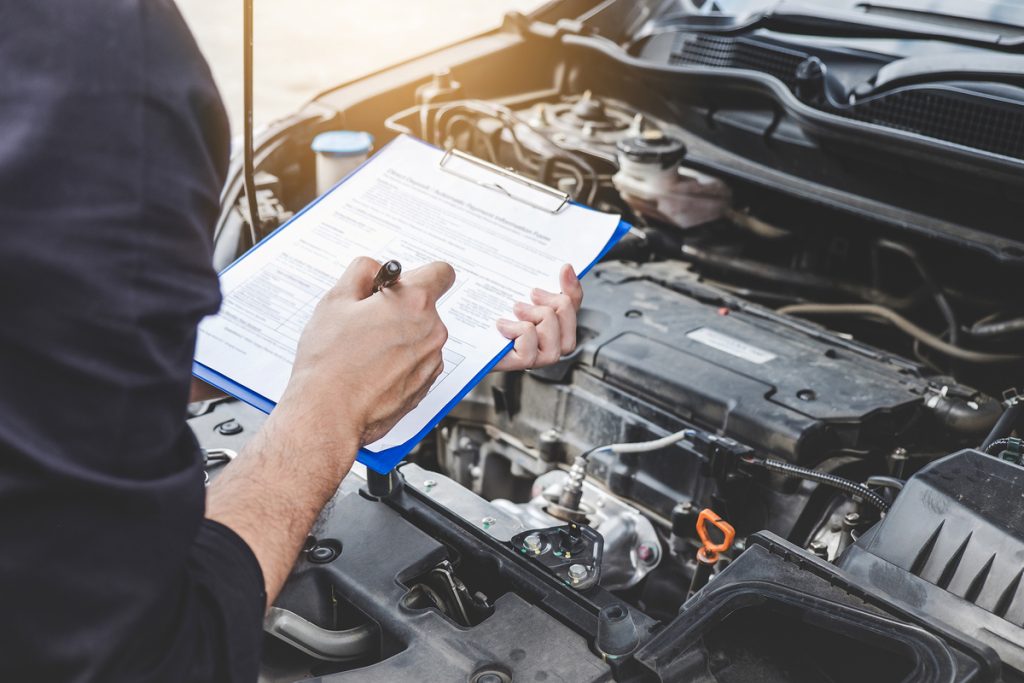Maintenance Tune-Up

If you want to maximize fuel efficiency and minimize engine damage, then your vehicle deserves an annual tune up. Along with checking your car’s spark plugs, during an annual tune up, your Master Mechanic technician will run a full inspection from bumper-to-bumper checking that all fluid levels are where they should be and all your car’s many components and systems are performing properly.

